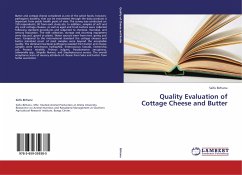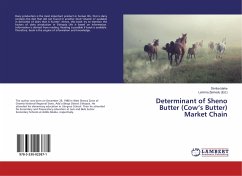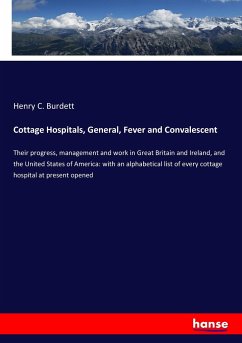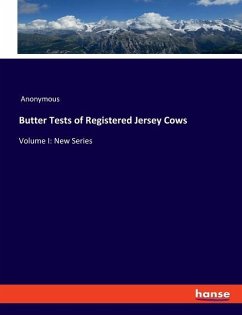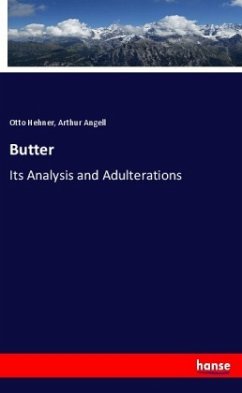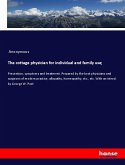Butter and cottage cheese considered as one of the safest foods, however, pathogenic bacteria, that can be transmitted through the dairy products is important from public health point of view. The survey was conducted on 150 respondents; 30 from each study site. In addition, samples of soft and dry curd cottage cheeses, as well as aged and fresh butters were collected following standard procedures and subjected to chemical, microbial, and sensory evaluation. The milk collection, storage and churning equipment were clay pot, gourd or plastic. Water sources were from river, spring and bore. Compared to the international standard the cottage cheeses and butter microbial count of most samples were beyond the acceptable quality. The dominant bacterial pathogens isolated from butter and cheese samples were Aeromonas hydrophila, Enterococcus faecalis, Escherichia coli, Proteus mirabilis, Proteus vulgaris, Pseudomonas aeruginosa, Salmonella spp., Shigella flexneri, and Staphylococcus aureus. The overall acceptance score of sensory attribute of cheese from Seka and butter from Serbo was better.
Bitte wählen Sie Ihr Anliegen aus.
Rechnungen
Retourenschein anfordern
Bestellstatus
Storno

